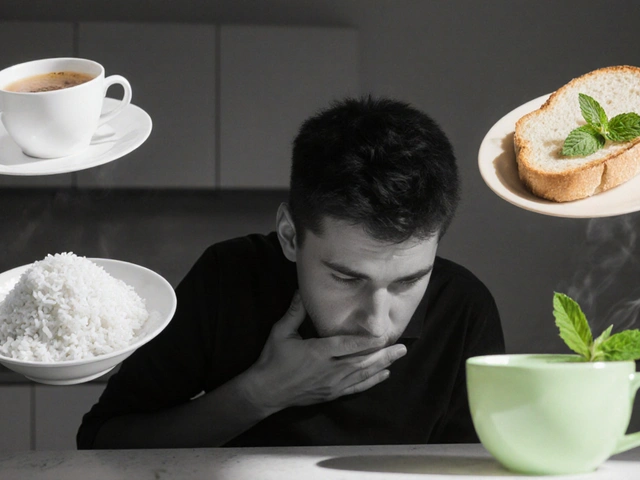Chronic Pain Made Simple: What It Is and How to Tackle It
If you’ve been hurting for weeks, months, or even years, you’re probably dealing with chronic pain. Unlike a sprain that heals in a few days, chronic pain sticks around and can mess with sleep, mood, and everyday tasks. The good news? You don’t have to just live with it. Small changes, smart habits, and a clear plan can cut the misery.
Why Does Pain Stay Long?
Most people think pain is always a sign of injury, but chronic pain often has different roots. It can start from an old back strain, arthritis, nerve irritation, or even a condition like fibromyalgia where the nervous system stays on high alert. In many cases the body’s pain pathways get “wired” to keep sending signals even after the original problem has healed. Stress, lack of sleep, and poor posture can amplify those signals, creating a vicious cycle.
Understanding the source helps you pick the right tools. If a joint is worn down, anti‑inflammatory foods and gentle movement help. If nerves are involved, staying warm and using targeted stretches can calm them.
Everyday Strategies That Actually Work
Move, but don’t overdo it. Light activity—like walking, swimming, or a short yoga flow—boosts blood flow and releases endorphins that naturally dull pain. Aim for 20‑30 minutes a day, breaking it up if needed.
Mind‑body tricks. Deep breathing, guided meditation, or a simple 5‑minute body scan can lower stress hormones that heighten pain. Apps or YouTube videos can guide you through quick sessions.
Heat and cold. A warm shower, heating pad, or warm towel relaxes tight muscles. Ice packs on inflamed spots cut swelling. Switch between them based on what feels better.
Sleep hygiene. Dark room, cool temperature, and a regular bedtime routine help the body repair itself. If pain wakes you up, try a pillow between knees (for back pain) or a soft lumbar roll.
Nutrition matters. Foods rich in omega‑3s (salmon, walnuts) and antioxidants (berries, leafy greens) can reduce inflammation. Cut back on sugary snacks and processed meals that can worsen swelling.
Stay organized. Keep a simple pain diary. Jot down when the pain spikes, what you ate, how much you moved, and how you felt emotionally. Patterns pop up fast and guide you to the most useful tweaks.
When to call a professional? If pain interferes with daily chores, you notice new numbness, or over‑the‑counter relief stops working, it’s time to see a GP or physiotherapist. They can rule out serious issues, prescribe targeted meds, or recommend therapies like acupuncture or TENS units.
Remember, chronic pain isn’t a permanent sentence. By mixing gentle movement, mind‑calming habits, and smart lifestyle tweaks, you can lower the ache and get back to the things you love. Start with one small change today—maybe a 10‑minute walk after dinner—and build from there. Your future self will thank you.
Managing Endometriosis: Stress, Symptoms, and Real-World Tips
Explore the connection between endometriosis and stress, discover real-life management tips, and learn how to lessen daily pain through proven strategies.






